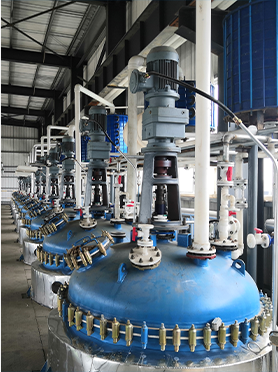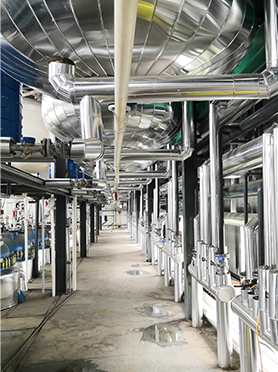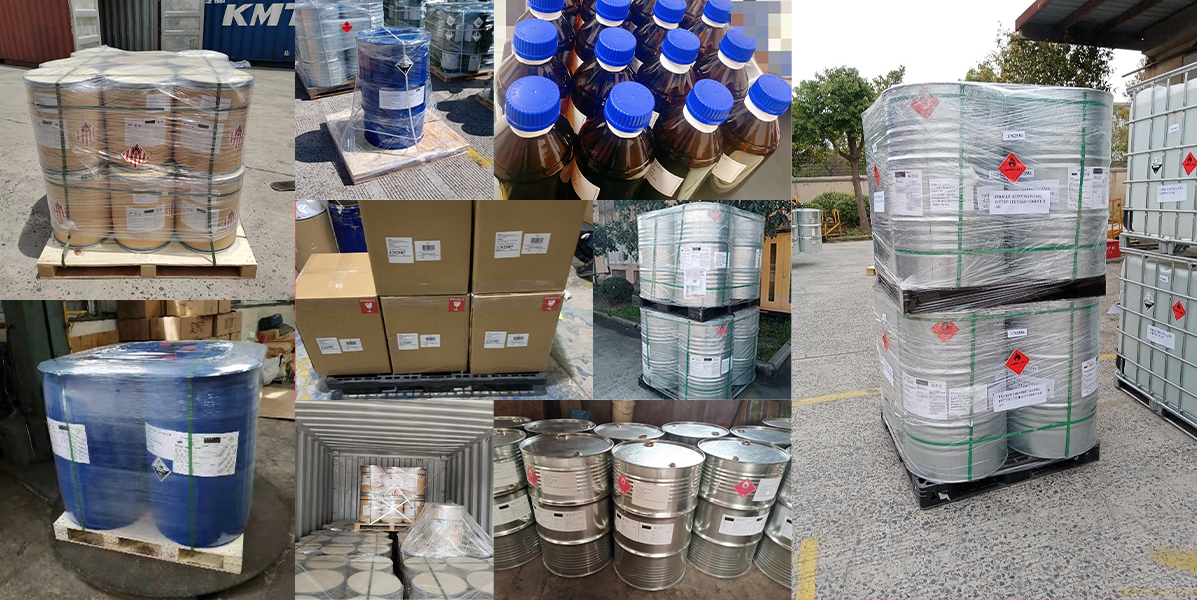The realm of organic synthesis is constantly seeking versatile building blocks that can be reliably transformed into more complex molecules. 2-Bromo-1,1-diphenylethylene (CAS 13249-58-6) is one such compound, primarily valued for its excellent reactivity in various cross-coupling reactions. As a vinylic halide, its structure is perfectly poised to participate in transformations that form new carbon-carbon bonds, a cornerstone of modern chemical synthesis.
Cross-coupling reactions, often catalyzed by transition metals like palladium, have revolutionized organic synthesis by providing efficient and selective methods for assembling molecular frameworks. For 2-Bromo-1,1-diphenylethylene, the bromine atom attached to the double bond serves as the leaving group, enabling coupling with a wide range of organometallic reagents. The most prominent among these are:
Suzuki-Miyaura Coupling: This reaction involves coupling with organoboron compounds (boronic acids or esters) in the presence of a palladium catalyst and a base. It is widely used for forming C-C bonds due to the stability and low toxicity of boron reagents. Using 2-Bromo-1,1-diphenylethylene in this reaction allows for the introduction of the 1,1-diphenylethylidene moiety onto various organic scaffolds.
Heck Coupling: Here, 2-Bromo-1,1-diphenylethylene can react with alkenes in the presence of a palladium catalyst and a base to form substituted alkenes. This reaction is valuable for extending conjugated systems or creating complex olefinic structures.
Stille Coupling: This involves the palladium-catalyzed coupling of organostannane reagents with 2-Bromo-1,1-diphenylethylene. While organotin reagents can be toxic, the Stille coupling often offers excellent functional group tolerance and mild reaction conditions.
The presence of the two phenyl groups on the adjacent carbon atom influences the reactivity and regioselectivity of these coupling reactions. They can provide steric hindrance, which may affect the rate of reaction or the preferred orientation of coupling. Furthermore, the electron-donating nature of these phenyl groups can subtly alter the electronic properties of the double bond, influencing its susceptibility to oxidative addition by the palladium catalyst.
For researchers and chemists intending to buy 2-Bromo-1,1-diphenylethylene for cross-coupling applications, sourcing from a reliable manufacturer is crucial. High purity ensures that the catalytic cycles proceed efficiently without interference from impurities. When looking for a supplier, consider their ability to provide technical specifications and consistent product quality. For those in need of this versatile reagent, contacting a dedicated chemical manufacturer in China for a quote can ensure a cost-effective and reliable supply, essential for reproducible research and development.
Manufacturing Facilities






Professional Export Experience
to Global Customers

1. 20 years of R&D, manufacturing and sales experience, serving customers in 60 countries and regions around the world;
2. Own R&D laboratory, pilot platform and large-scale production workshop, which can meet the audit requirements of global customers;
3. We can satisfy customers' perfect transition from small scale lab requirements (gram level) to commercialization requirements (hundred tons level).
A: We don't have Minimum Order Quantity, exact quantity should be provided before quotation for us to calculate the exact cost.
A: We don't provide free samples due to lots of request and expensive international courier's cost, we can deduct the sample charge after commercial order placed.
A: Our payment terms: Small or sample order: T/T IN ADVANCE. Commercial order: First order should be by T/T IN ADVANCE or L/C at sight, and following orders T/T 30~90days is acceptable subject to approval of credit application.